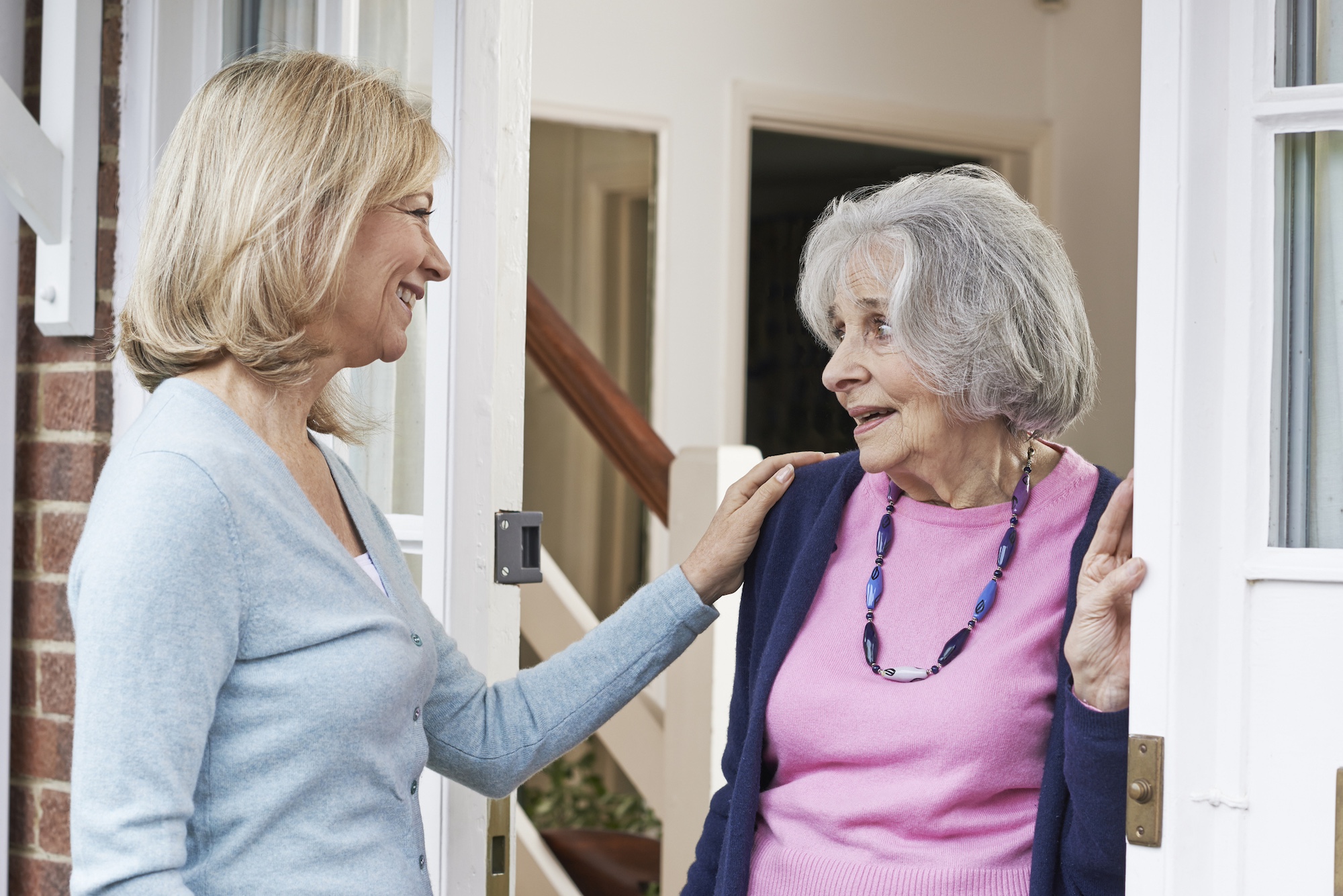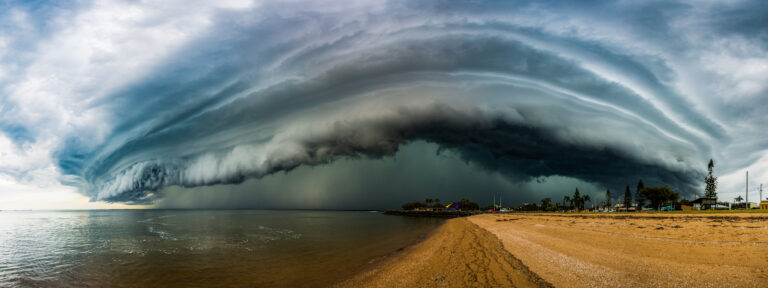
Navigating investments wisely
Explore intelligent wealth-building insights: assess risk objectively, avoid herd mentality, and overcome overconfidence in navigating investments. Success lies not just in making money but in safeguarding it—creating a resilient financial foundation for the future says Dr John Fan.







